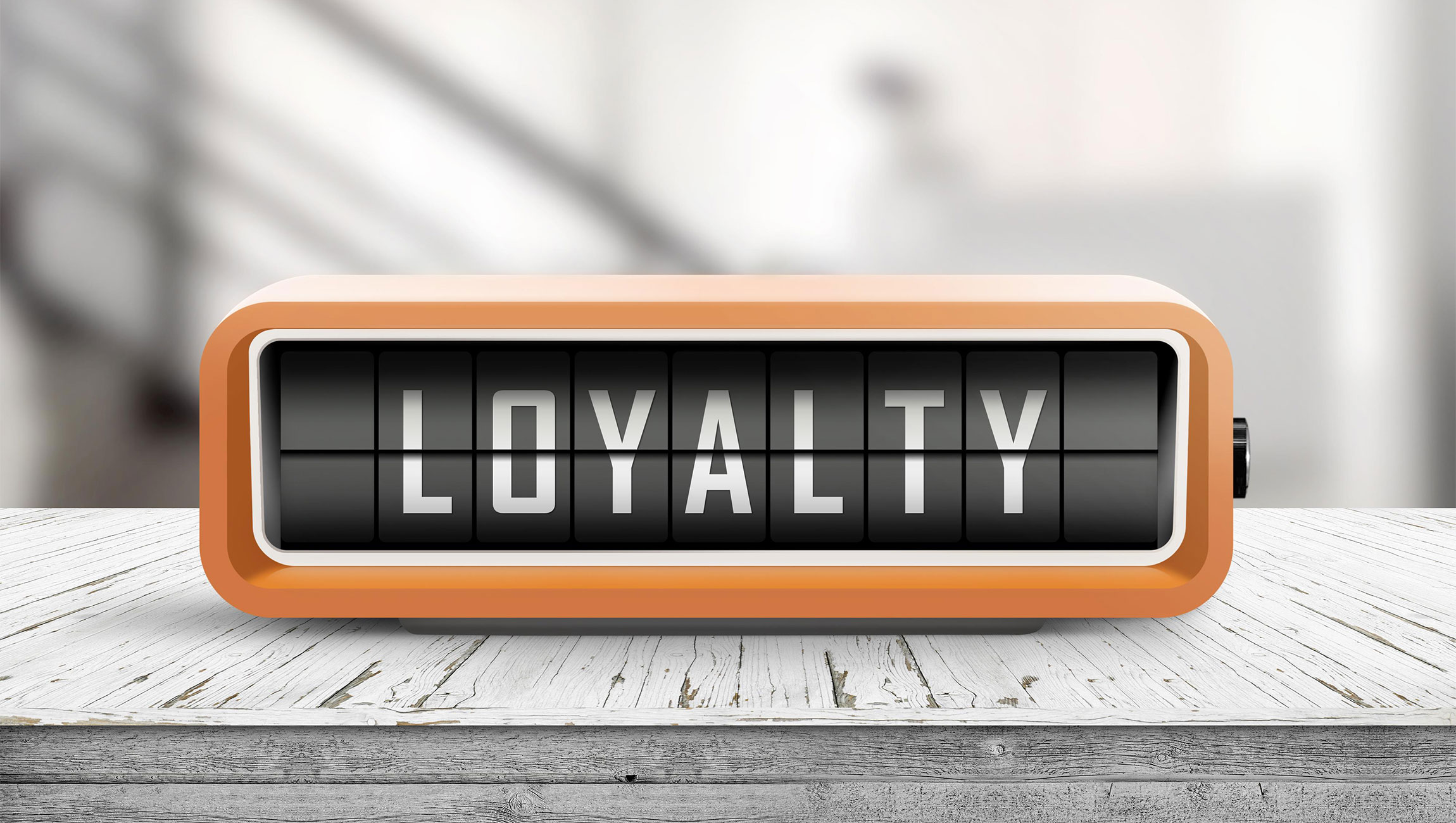
Loyalty And Reward Promotions Drive Sales And Protect Brands During Economic Downturns
It is painfully obvious that during economic downturns spending patterns can shift dramatically. Consumers generally eat at restaurants less often, make fewer shopping trips, buy less expensive brands and defer big-ticket purchases.
Unfortunately, many businesses respond to this slump by slashing marketing budgets and discounting their prices — which in turn produces less profit and forces further cuts in marketing spend. If this cycle isn’t broken, the business may be left with a wounded brand when the market rebounds.
It doesn’t have to be this way.
There is a lot of pressure on marketers to discount during a recession in order to shift inventory and drive sales. And in some cases, the competitive environment may leave them with very little choice. But for most businesses, one obvious solution is to launch an acquisition & retention initiative using reward promotions or loyalty programs.
The concept is simple. You can acquire and retain customers by enticing them with rewards when they buy your product, rather than by using discounts that may erode the perceived value of your brand. A well-conceived reward promotion can bring companies closer to their customers in a way that conventional advertising can seldom deliver. Reward and loyalty promotions also work in good times and bad because they subscribe to a timeless brand-building principle: it is better to give customers more, than to charge them less.
Of course, not just any reward will do. The reward has to be of a value high enough to encourage purchasing of your brand. That means it’s probably not just another coffee mug, calendar, pen or hat. And it probably should not be one of your company’s products or a cash bonus — since these are just discounts in disguise. Instead, your reward should be a product or service that has a perceived high value relative to the price of your product, which can be fulfilled at a relatively low cost — like travel or lifestyle services.
Reward promotions come in many shapes and sizes. It could be a simple one-off program like the offer of a free international resort stay with the purchase of a Samsung computer or a cinema card that provides a year of free movies when you purchase a Sony-Ericsson mobile phone. Or your promotion could be an extended program where the customer receives a reward only after a series of purchases. You could also combine a reward promotion with a contest element where everyone wins a reward and a select few win grand prizes. Or you can build a points-based program to encourage long-term loyalty.
Reward programs don’t have to be expensive to execute. The rewards can be purchased through a reputable company at surprisingly reasonable cost and companies can launch national loyalty promotions inexpensively by fulfilling rewards via vouchers available online and redeemed locally.
Be certain that your reward offer is developed in such a way as to be appropriate to your brand — which can be accomplished by careful reward selection and/or by developing creative themes that tie the offer to your brand.
Of course, once the program is developed, it then has to promoted via in-store posters or displays, on-pack materials, direct mail or via mass media or digital advertising. This should all be part of a seamless program to the consumer.
One caution: reward programs are not a DIY project. Be sure to engage a professional organization that has a proven track record to supply the rewards and coordinate your program, including fulfillment, online and call center support, in order to ensure success and that all legal requirements are being met.



